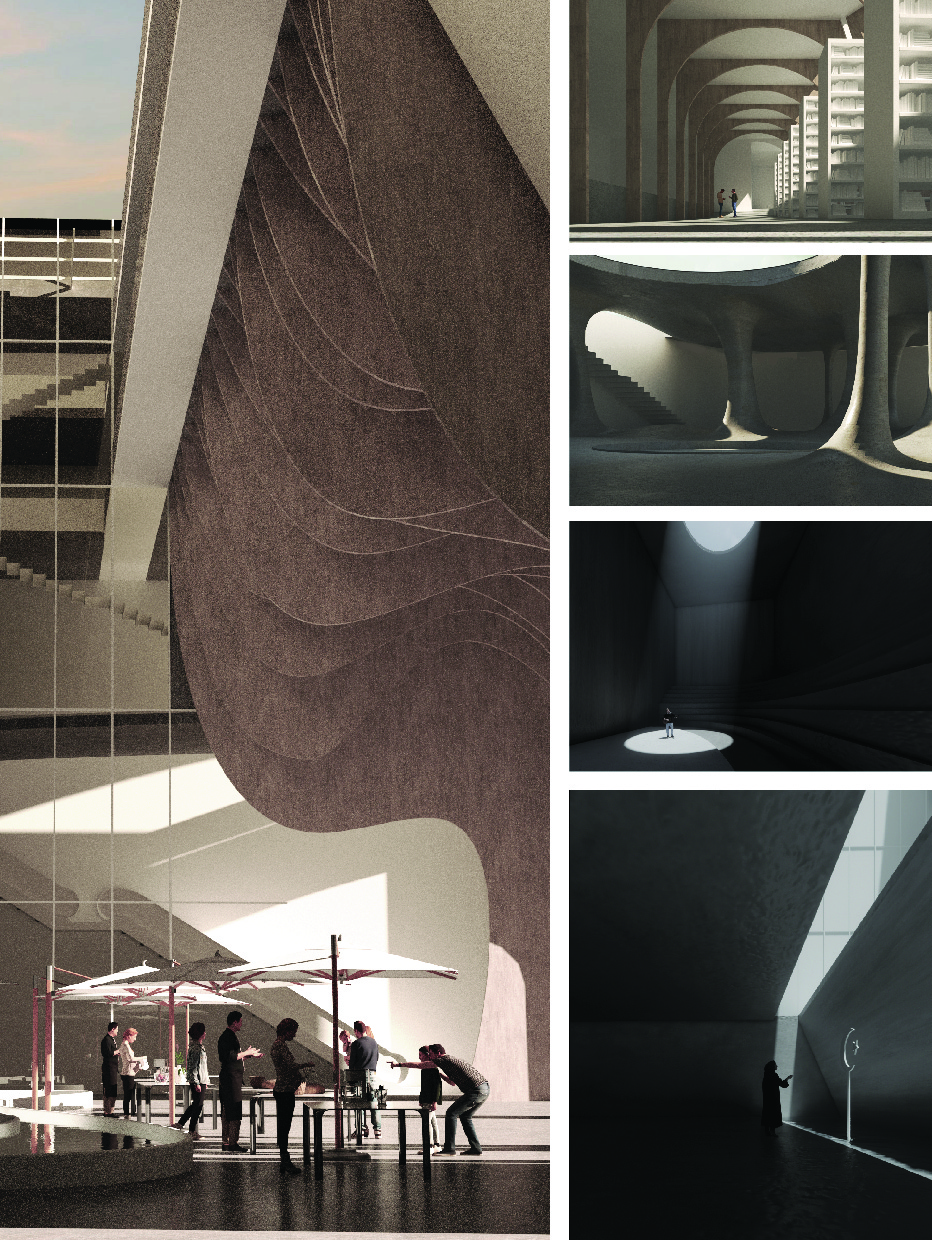RENOVATION OF LIGHT IN CAVE DWELLING

Category
Daylight in buildings - Region 4: Asia and Oceania
Students
Baizhen Chen
Ziqian Chen
School
University of Melbourne
Country
Australia
Download
Download ↓
Loess Plateau is the area located in north-western China, where land is mostly covered with loess, with an arid climate and scarce precipitation, which makes vegetation hard to grow. Due to scarcity of resources, social development is quite slow. The low average income makes people hard to maintain life quality, resulting in young adults moving to bigger cities seeking for better jobs, leaving their children and the elders behind. The meager wages of the elders do not support their living expenses, and the long-term separation of children from their parents can also adversely affect their physical and mental health. One particular form of earth shelter dwelling in this area is house cave, which evolved from the development of primitive cave dwelling, and been kept using so far due to its low built-cost and less consumables used. The particular form of house cave focused in this project is mountainside cave house, which is normally for people living in mountain areas, and is built by carving into the loess cliff directly.
The aim of the project is to enhance the current condition of of dwellers by introducing a new form of house cave while preserving traditional form and culture. The design improve the dark interior and humidity problem exist in house cave due to lack of ventilation and direct sunlight, since typical house cave usually just have one opening which consist of door and window. For the elders and leftover children, the new form of house cave offer them a home with better living conditions, while providing places for them to make living on their own by creating and selling some handicrafts, as well as places for education and social activities, which generate diverse life experiences. By creating a new form of architecture(community building), social exchange rate and financial exchange rate will increase. That means step by step in long-term, while preserving traditional culture, the architecture can be more sustainable, and local people can have careers which better support their living right inside their hometown, without the need of abandon all their family members and travel to another city, which develop and enhance the entire society condition.

































